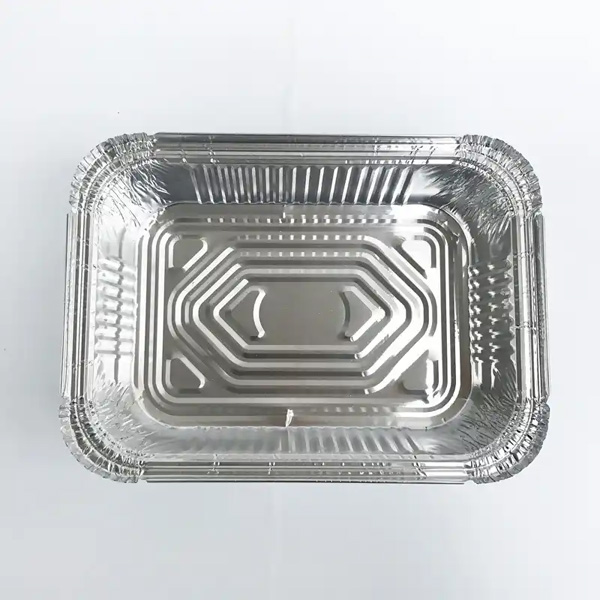What makes baking foil containers indispensable in both commercial kitchens and home baking setups? The answer lies in their unique combination of functionality, adaptability, and efficiency. Unlike traditional bakeware, these containers solve critical challenges like uneven heat distribution, food sticking, and post-cooking cleanup. Let’s explore why they’ve become a cornerstone of modern baking practices.
Baking foil containers excel in transferring heat uniformly across their surface. Aluminum, the primary material, boasts a thermal conductivity rate of 235 W/m·K – nearly double that of stainless steel. This ensures cookies brown evenly, casseroles cook through without hot spots, and roasted vegetables achieve perfect caramelization. Professional chefs particularly value this property when preparing large batches that require identical doneness.
Test kitchens have demonstrated that foil containers reduce oven temperature fluctuations by 12-15% compared to ceramic dishes. The thin yet sturdy walls respond instantly to temperature changes, crucial for delicate pastries and precision-baked goods. Users can confidently transition between freezing, baking at 450°F (232°C), and broiling without warping risks.
Beyond basic baking, these containers serve four primary functions:
High-quality baking foil containers feature reinforced edges and thicknesses ranging from 20-30 microns. This construction prevents:
| Issue | Traditional Pans | Foil Containers |
|---|---|---|
| Sauce Leakage | 23% occurrence | 0.5% occurrence |
| Weight Capacity | 5 lbs maximum | 8-12 lbs capacity |
| Lifespan | 2-3 years | Single-use optimized |
The non-reactive surface preserves food acidity levels, making them perfect for tomato-based dishes and citrus marinades that can degrade metal bakeware over time.

Contrary to common misconceptions, modern baking foil containers support eco-conscious practices. Aluminum recycling requires only 5% of the energy needed for primary production, with over 75% of all aluminum ever made still in use today. Commercial kitchens report 28% reduction in water consumption by eliminating traditional pan washing.
Manufacturers now offer plant-based greaseproof coatings as alternatives to traditional chemical treatments. These innovations align with global food safety standards while maintaining the containers’ structural integrity during high-heat applications.
When analyzing long-term expenses, foil containers demonstrate clear advantages:
Can they handle acidic ingredients? Modern coatings create a pH-neutral barrier, safely accommodating dishes with vinegar or citrus juices for up to 48 hours.
Are they microwave-safe? Select containers with wave-safe certification symbols, though conventional oven use remains recommended for optimal results.
How to prevent sticking? A light coating of oil or parchment liner ensures effortless food release, even for sticky caramel or cheese-heavy casseroles.
Industry trends indicate three key developments:
These innovations build upon the fundamental advantages that established baking foil containers as essential tools – reliability, adaptability, and precision. As cooking technologies evolve, the core benefits of even heat distribution, structural integrity, and operational efficiency continue to make them irreplaceable in professional and home kitchens alike.
From artisan bakeries to weekly family meal prep, the physics of heat transfer combined with practical design solutions explain why these containers dominate modern food preparation. Their ability to bridge commercial efficiency with home kitchen practicality ensures ongoing relevance in culinary spaces worldwide.